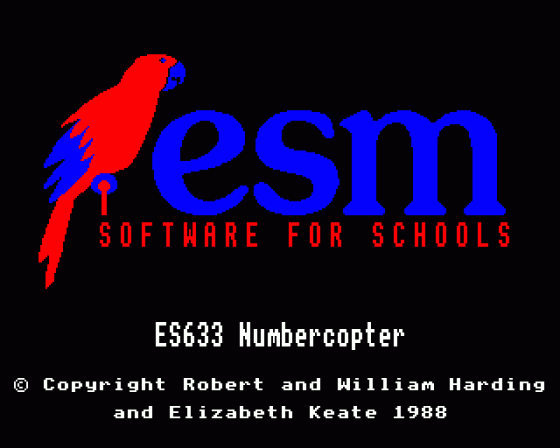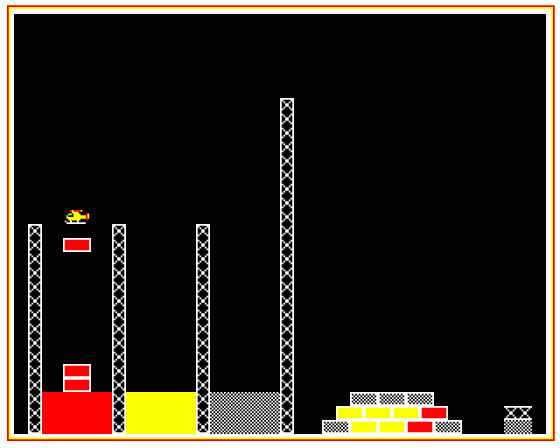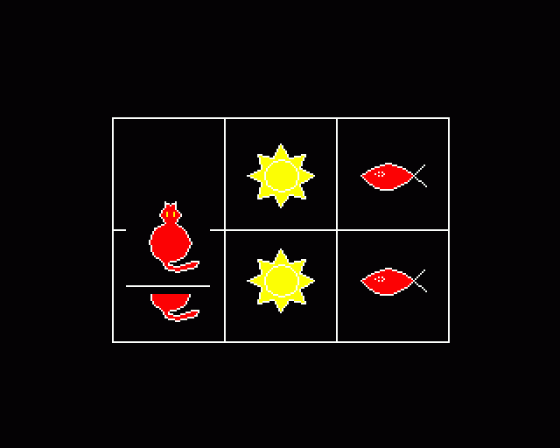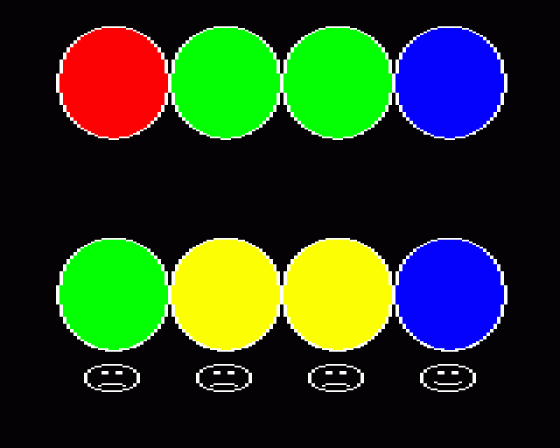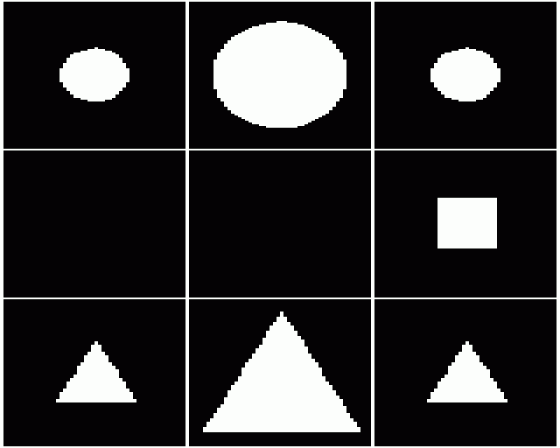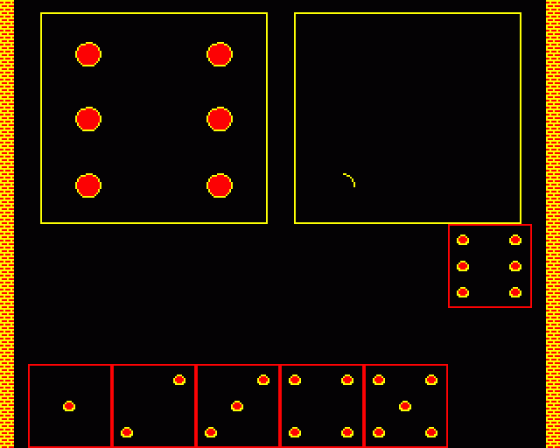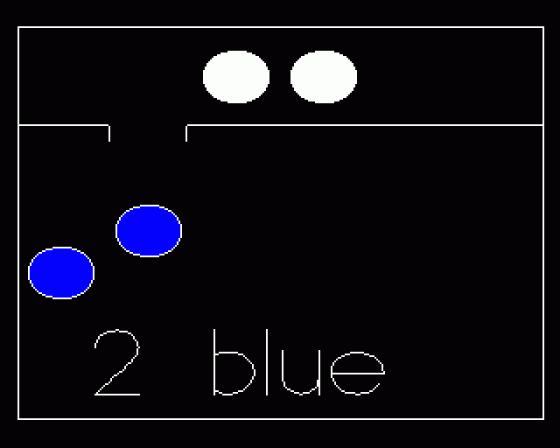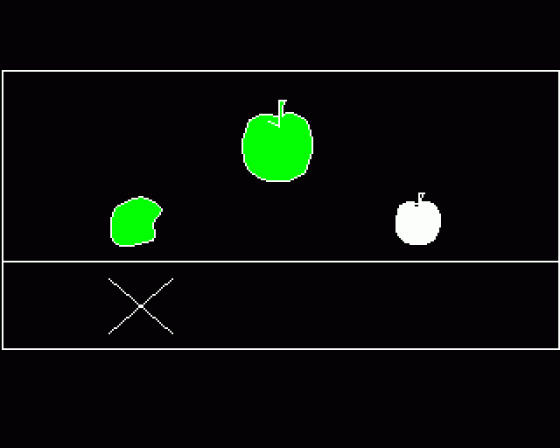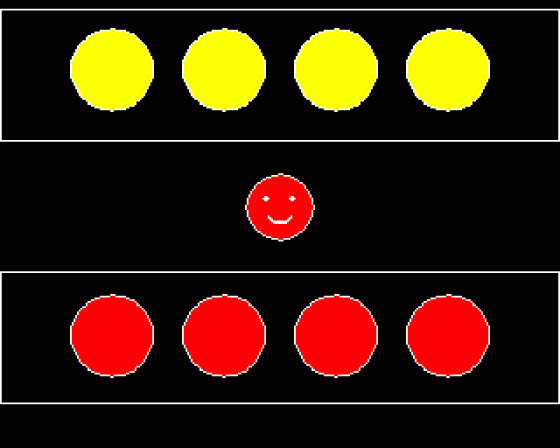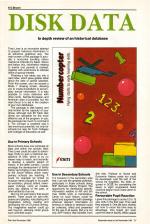
The Disk User
 1st November 1988
1st November 1988
Categories: Review: Software
Author: K. Brown
Publisher: Soft Teach
Machine: BBC/Electron
Published in The Disk User 13
In-depth review of an historical release
Time Lines
Time Lines is an innovative attempt to present historical information in an attractive graphical way. The main screen of the package is actually a horizontal scrolling ribbon marked at intervals by dates. Above and below this, information relating to events and periods is marked, together with small ikons to indicate items of special interest.
Pressing a key takes you into a card index, which gives greater detail about the date or period selected. From this screen, you can access a Mode 7 drawing screen, allowing you to create illustrations to accompany textual information. It is also possible to cross reference with other "cards". Sample European, and American data is provided, but the main thrust is to aid in the creation of your own databases.
The package is disk-based, and only limited by the capacity of your drives, although twin 80 Track disk drives are advisable for the most effective use of the program. In use, the package has much to commend it. The concept is excellent and it has enormous potential, not only for schools but also for Tech Colleges and Colleges of Education as well.
Use In Primary Schools
Most schools have one computer at least and within the primary field, Time Lines could be used to advantage; firstly, to gain a historical perspective of time, which is by no means easy to teach, and secondly to develop a specific aspect of history. In the latter context, I could envisage the development of family history as bringing a new dimension to the Social History which many primary, schools are teaching. It could for example be linked to museum items brought in by pupils for exhibition, photos, letters, newspaper cuttings, coins and medals, everyday objects of the past, or other artefacts of an era.
But it is not just history that would benefit. There would be spin-offs; poems and playlets, roleplaying and imaginative writing, reading the developing the art of "precis" writing. The imaginative teacher could go well beyond, allowing small group work unlimited scope.
Use In Secondary Schools
It is, however, in the secondary area that I can see the greatest potential, particularly in those schools doing SHP (Schools History Project). The opportunity for developing specific information relative to 4th and 5th Year GCSE work is tremendous. Cards on local history could be typed and augmented with drawings wherever relevant. Information on America or Ireland or wherever could be collected, sifted and presented for the use of all pupils. But it is not only SHP history that benefits from this disk. Political or Social and Economic History cards too could be developed. Lest the rest of the school be forgotten, the skills required in GCE for completing the seven or eight coursework tasks could be begun much lower down in the school.
Favourable Pupil Reaction
I gave this package to some 12 to 13 year olds in the first year. They said they enjoyed it. One lad soon worked out how to move the time lines to advantage. One bright girl soon used the search facility. When asked for their comments afterwards, they gave favourable replies. One girl liked following the symbols. One boy said it was like an arcade game, it moved all the time. Another found the range of time intriguing.
Ambiguity
Time Lines, however, does not do justice to itself. It cannot make up its mind whether to aim for primary or secondary age pupils either here or in America. Words such as regicide are not explained, yet Protector (dictator) is. Whilst veto may be understood by top juniors, I doubt that enfranchisement would be, even by many Secondary age pupils.
Inaccuracy
If this package is to be presented to schools then I think we ought to expect good English, correct spellings and historical accuracy. I do not like "Geo I spoke no English and having little interest in things English delegated to the Whigs". The word possessions has two pairs of 's' and Archbishop Land should read Archbishop Laud. I wondered when, or even which part of South America was part of the British Empire. The Dutch Wars have to be accurately identified for they extend beyond 11672. As for Caesar and Cleopatra, that is another story. Anyone who participated with British-led forces or who remembered the Second World War would have to realise that the card 1941-45 was a follow on from the previous card relating to Pearl Harbour. The British effort is confined to cart 1939-45. What all this seems to indicate is the need for a proof-reader and someone with a good background of history to avoid irritating and unnecessary mistakes.
Overall Impressions
The package is well presented even if instructions are difficult at times to follow. I found for example that Escape would delete a line on a card entry but I did not come across this in the instructions. The drawing Board was difficult for children to find. It required adult help, and I did not find it so easy either! Again, more simple instructions would have helped.
However, the more I studied and played with the package, the more I realised its potential and the more I liked it. It does take time to become conversant with all its intricacies, but the effort is worthwhile. Teachers are offered another very useful tool. Pupils are offered another facet to Information Technology. Yes, I liked it, I'd buy it.
(Ken Brown is a representative on the GCSE management committee for the East Midlands. He is a History teacher and Deputy Headmaster)
Scores
Overall 80%
Supastore Plus Or Minus?
Is the latest release from ESM a real upgrade to their successful database product, or just a cosmetic adjustment to hide an old lady's wrinkles.
First looks show only the addition of a new disk to the pack supplied. On the disk are a selection of utilities vital to any serious database user, including mail merge, and file import utilities. In addition however there is a new EPROM, and the Version 2.0 Utilities supplied make installation on a hard disk much simpler.
For those unfamiliar with Supastore, it is a combination ROM and disk-based Database manager program. It is a random access database, meaning that all the data is accessed from the disk surface, rather than loaded directly into memory. This means that the amount of information stored is only limited by the size and type of your disk drives. For example, with twin double-sided 80 track drives 14,579 fifty character records can be stored, but only 91 1000 character records on a single 40 track drive. The program is menu-driven like System Delta but unlike that program it is in Mode 3, and therefore requires a monitor.
In Use
For the purposes of this review I decided to install Supastore on our Master 128/Solidisk hard disk combination. This was made more difficult by ESM supplying a duff EPROM. Fortunately, however, a spare lying around the office was found to be serviceable. Also a telephone call to ESM produced much good advice on how to configure the system.
Once installed, the program was a joy to use with fast response, and no disk swapping. I would even go so far as to say that a hard disk is essential for efficient use of this program, as when used from floppies the constant disk swapping is extremely irritating. Supastore also has the advantage of being designed for networks from the start, probably the best environment for the package. Its ability to support multiple users makes it by far and away the best database manager for networks. One black mark however is that, at present, the ROM chip is protected, and so loading the RAM image into sideways RAM on diskless network stations is impossible.
In most cases however Supastore Plus will be used for administration and management of pupil data. For this it is ideally suited, possessing as it does a wide range of query options, and the ability to do mail merging. ESM have already noted this, and are in the process of bringing out tailored applications for Supastore including a Pupil Profiling System and Library Management System. Supastore will also run on the Archimedes (with emulator) and they claim that on a hard disk 440 the system was clocked at five times the speed of System Delta.
Positive And Negative
What System Delta, and Viewstore, do possess is the ability to manipulate numerical data to produce reports with summaries, costings and so on. Supastore Plus can also do this, via the Global Field Editor option, but it is limited mostly to processing textual information.
Where Supastore does excel however, is in the documentation, which is both well-written and legible (take note Minerva) and so the time taken to learn about the program is much reduced. I would not, however, recommend Supastore as a vehicle for teaching fundamental principles of Data management to young teenagers, they do not have the patience for it, rather I would use our own Tracer (available on The Disk User 8) program for that purpose, and keep Supastore for serious work.
Scores
Overall 80%
Numbercopter
Just time for a quick review of another new product from ESM.
Software for very young children is hard to find, and difficult to write. Numbercopter is aimed at the age range three to five years. It consists of eight programs with 24 games in all. Experience is given in matching and memorising pictures and colours; there are games to promote logical thinking and games involving hand-eye coordination.
Number games give practice in recognising number patterns and symbols, sorting and counting and using the ideas of "more" and "gone away" to introduce addition and subtraction.
There is also a game to develop language and reading, and even one which introduces simple rhythms. Although the programs can be used in any order (with options for the degree of difficulty) skills acquired in the earlier games may be needed for the later programs.
Attitudes are positive and encouraging, but avoid the competitive elements of timing. Because very young children may find the whole keyboard confusing, it is suggested that most of it should be covered, as the only keys needed for these games are the arrow keys, function keys, RETURN and SPACE.
Included in the package is a manual which also offers ideas for further activities, and function key cards appropriate for the different games. Teachers please note a colour monitor is essential for most of the programs.
Supastore Plus Or Minus?
Is the latest release from ESM a real upgrade to their successful database product, or just a cosmetic adjustment to hide an old lady's wrinkles.
First looks show only the addition of a new disk to the pack supplied. On the disk are a selection of utilities vital to any serious database user, including mail merge, and file import utilities. In addition however there is a new EPROM, and the Version 2.0 Utilities supplied make installation on a hard disk much simpler.
For those unfamiliar with Supastore, it is a combination ROM and disk-based Database manager program. It is a random access database, meaning that all the data is accessed from the disk surface, rather than loaded directly into memory. This means that the amount of information stored is only limited by the size and type of your disk drives. For example, with twin double-sided 80 track drives 14,579 fifty character records can be stored, but only 91 1000 character records on a single 40 track drive. The program is menu-driven like System Delta but unlike that program it is in Mode 3, and therefore requires a monitor.
In Use
For the purposes of this review I decided to install Supastore on our Master 128/Solidisk hard disk combination. This was made more difficult by ESM supplying a duff EPROM. Fortunately, however, a spare lying around the office was found to be serviceable. Also a telephone call to ESM produced much good advice on how to configure the system.
Once installed, the program was a joy to use with fast response, and no disk swapping. I would even go so far as to say that a hard disk is essential for efficient use of this program, as when used from floppies the constant disk swapping is extremely irritating. Supastore also has the advantage of being designed for networks from the start, probably the best environment for the package. Its ability to support multiple users makes it by far and away the best database manager for networks. One black mark however is that, at present, the ROM chip is protected, and so loading the RAM image into sideways RAM on diskless network stations is impossible.
In most cases however Supastore Plus will be used for administration and management of pupil data. For this it is ideally suited, possessing as it does a wide range of query options, and the ability to do mail merging. ESM have already noted this, and are in the process of bringing out tailored applications for Supastore including a Pupil Profiling System and Library Management System. Supastore will also run on the Archimedes (with emulator) and they claim that on a hard disk 440 the system was clocked at five times the speed of System Delta.
Positive And Negative
What System Delta, and Viewstore, do possess is the ability to manipulate numerical data to produce reports with summaries, costings and so on. Supastore Plus can also do this, via the Global Field Editor option, but it is limited mostly to processing textual information.
Where Supastore does excel however, is in the documentation, which is both well-written and legible (take note Minerva) and so the time taken to learn about the program is much reduced. I would not, however, recommend Supastore as a vehicle for teaching fundamental principles of Data management to young teenagers, they do not have the patience for it, rather I would use our own Tracer (available on The Disk User 8) program for that purpose, and keep Supastore for serious work.
Numbercopter
Just time for a quick review of another new product from ESM.
Software for very young children is hard to find, and difficult to write. Numbercopter is aimed at the age range three to five years. It consists of eight programs with 24 games in all. Experience is given in matching and memorising pictures and colours; there are games to promote logical thinking and games involving hand-eye coordination.
Number games give practice in recognising number patterns and symbols, sorting and counting and using the ideas of "more" and "gone away" to introduce addition and subtraction.
There is also a game to develop language and reading, and even one which introduces simple rhythms. Although the programs can be used in any order (with options for the degree of difficulty) skills acquired in the earlier games may be needed for the later programs.
Attitudes are positive and encouraging, but avoid the competitive elements of timing. Because very young children may find the whole keyboard confusing, it is suggested that most of it should be covered, as the only keys needed for these games are the arrow keys, function keys, RETURN and SPACE.
Included in the package is a manual which also offers ideas for further activities, and function key cards appropriate for the different games. Teachers please note a colour monitor is essential for most of the programs.
This article was converted to a web page from the following pages of The Disk User 13.

